WHAT IS FLYSTRIKE?
Flystrike is a sanitized nickname for maggots living in and feeding on the dead skin of a live animal, which results in an infection. Flystrike can affect chickens, humans and other animals. Flystrike is also known as myiasis, blowfly strike and fly-blown. Whatever you call it, it's nasty and can be fatal if not recognized and treated promptly.
WHAT CAUSES FLYSTRIKE?
Many fly species favor dark, moist locations for laying their eggs and while any area of the body can be affected, the vent area of a chicken is a fly favorite. Add stinky to the list of preferred fly aromas and a dirty chicken butt is a recipe for flystrike. After the fly eggs are laid on or in the skin, the larvae can hatch into maggots in less than 24 hours; the maggots then begin feeding on the skin, causing deep, painful sores that can become infected. The most common flies responsible for flystrike are botflies, blowflies and screwflies. Occurrences of flystrike are most common in warm weather.
FLYSTRIKE PREVENTION
Chickens do a great job of maintaining their personal hygiene by dust bathing, however, runny droppings or chronic diarrhea that builds up on vent feathers can make it impossible for a bird to keep clean. A droppings-soiled vent area can cause the skin to breakdown, which may as well be a "vacancy" sign hanging in front of Hotel Maggot.
Following some of these suggestions can help reduce the risk of flystrike in chickens:
1. CONTROL FLY POPULATION
Keeping the fly population down can reduce the risk of flystrike. Read my article HERE for 15+ tips for controlling flies in and around the chicken coop.
2. MAINTAIN OVERALL HEALTH
The obvious recommendations are to keep chickens healthy by feeding them properly, keeping their coop and run clean and providing plenty of clean, fresh water. Probiotics can be added to the chickens' water to maintain digestive health. Pay close attention to any injured areas on a chicken as healing wounds regardless of size or location are particularly vulnerable to flystrike.
3. MONITOR DIGESTIVE HEALTH
Chicken droppings vary widely in texture, but consistently runny, watery, loose poop is an indicator of a problem. Diarrhea can signal a worm infestation, coccidiosis or a number of other illnesses. However, before rushing to treat chickens with anything, including purported "natural remedies," the cause of the diarrhea must be identified. I recommend having a fecal float test performed when there are abnormal droppings. All veterinarians routinely perform these tests whether or not they treat chickens. Even if they don't feel comfortable analyzing chickens' samples, they can always send the sample out to a lab for you.
4. KEEP VENTS CLEAN AND DRY
Until any chronic droppings problem can be resolved, it is imperative to keep feathers underneath the vent clean to avoid flystrike. If droppings begin to accumulate beneath the vent, give the chicken a bath as described in this article. If feathers are impossible to clean thoroughly, carefully trim them off with scissors.
5. PAY ATTENTION & INSPECT
Spending time with backyard chickens and regularly inspecting them for wounds and dirty butts goes a long way towards avoiding flystrike and detecting it early.
FLYSTRIKE TREATMENT
- Segregate the affected chicken from the flock to avoid the possibility of cannibalism. It should remain isolated in Chicken Hospital until the infection has healed fully.
- Offer the chicken vitamins & electrolytes in the drinking water for a day or two and keep her hydrated.
- Bathe the chicken, submerging the affected area in water, to assess the extent of the wound and drown as many maggots as possible.
- Physically remove visible maggots in, on and surrounding the wound. Yup. Good times.
- Flush the wound with either Betadine diluted in water, saline water or Vetericyn spray. If the wound is very deep, use a syringe to squirt the solution into the cavity. (Peroxide is an acceptable substitute for the first cleaning or two, but don't continue using it because peroxide can kill live tissue, preventing the area from healing properly.)
- Dry the affected area. If any of the feathers are in the way or preventing complete drying of the area, simply cut them. to dry it thoroughly afterwards. A hair dryer set on low heat can make quick work of it. Most chickens enjoy the spa treatment.
- Spray Vetericyn Wound & Infection treatment on the area affected by flystrike. This step may obviate the need for antibiotics in many cases of flystrike. Avoid ointments as maggots appreciate a moist, goopy, warm environment.
- Repeat steps 3-7 two to three times per day until the maggots are gone and the wound is fully healed. Obviously, having a veterinarian treat the infection is the preferred course of action, but absent that luxury, most uncomplicated cases of flystrike can be managed at home. Should it become apparent that the infection is too severe to treat at home or is not responding to home treatment, a phone consultation with a compassionate vet can provide some guidance as to whether antibiotics or euthanasia are recommended. When fully healed, re-integrate the injured hen very carefully with this method.
Sources and further reading available upon request.
Kathy Shea Mormino
Affectionately known internationally as The Chicken Chick®, Kathy Shea Mormino shares a fun-loving, informative style to raising backyard chickens. …Read on


shop my SPONSORS
WHAT IS FLYSTRIKE?
Flystrike is a sanitized nickname for maggots living in and feeding on the dead skin of a live animal, which results in an infection. Flystrike can affect chickens, humans and other animals. Flystrike is also known as myiasis, blowfly strike and fly-blown. Whatever you call it, it's nasty and can be fatal if not recognized and treated promptly.
WHAT CAUSES FLYSTRIKE?
Many fly species favor dark, moist locations for laying their eggs and while any area of the body can be affected, the vent area of a chicken is a fly favorite. Add stinky to the list of preferred fly aromas and a dirty chicken butt is a recipe for flystrike. After the fly eggs are laid on or in the skin, the larvae can hatch into maggots in less than 24 hours; the maggots then begin feeding on the skin, causing deep, painful sores that can become infected. The most common flies responsible for flystrike are botflies, blowflies and screwflies. Occurrences of flystrike are most common in warm weather.
FLYSTRIKE PREVENTION
Chickens do a great job of maintaining their personal hygiene by dust bathing, however, runny droppings or chronic diarrhea that builds up on vent feathers can make it impossible for a bird to keep clean. A droppings-soiled vent area can cause the skin to breakdown, which may as well be a "vacancy" sign hanging in front of Hotel Maggot.
Following some of these suggestions can help reduce the risk of flystrike in chickens:
1. CONTROL FLY POPULATION
Keeping the fly population down can reduce the risk of flystrike. Read my article HERE for 15+ tips for controlling flies in and around the chicken coop.
2. MAINTAIN OVERALL HEALTH
The obvious recommendations are to keep chickens healthy by feeding them properly, keeping their coop and run clean and providing plenty of clean, fresh water. Probiotics can be added to the chickens' water to maintain digestive health. Pay close attention to any injured areas on a chicken as healing wounds regardless of size or location are particularly vulnerable to flystrike.
3. MONITOR DIGESTIVE HEALTH
Chicken droppings vary widely in texture, but consistently runny, watery, loose poop is an indicator of a problem. Diarrhea can signal a worm infestation, coccidiosis or a number of other illnesses. However, before rushing to treat chickens with anything, including purported "natural remedies," the cause of the diarrhea must be identified. I recommend having a fecal float test performed when there are abnormal droppings. All veterinarians routinely perform these tests whether or not they treat chickens. Even if they don't feel comfortable analyzing chickens' samples, they can always send the sample out to a lab for you.
4. KEEP VENTS CLEAN AND DRY
Until any chronic droppings problem can be resolved, it is imperative to keep feathers underneath the vent clean to avoid flystrike. If droppings begin to accumulate beneath the vent, give the chicken a bath as described in this article. If feathers are impossible to clean thoroughly, carefully trim them off with scissors.
5. PAY ATTENTION & INSPECT
Spending time with backyard chickens and regularly inspecting them for wounds and dirty butts goes a long way towards avoiding flystrike and detecting it early.
FLYSTRIKE TREATMENT
- Segregate the affected chicken from the flock to avoid the possibility of cannibalism. It should remain isolated in Chicken Hospital until the infection has healed fully.
- Offer the chicken vitamins & electrolytes in the drinking water for a day or two and keep her hydrated.
- Bathe the chicken, submerging the affected area in water, to assess the extent of the wound and drown as many maggots as possible.
- Physically remove visible maggots in, on and surrounding the wound. Yup. Good times.
- Flush the wound with either Betadine diluted in water, saline water or Vetericyn spray. If the wound is very deep, use a syringe to squirt the solution into the cavity. (Peroxide is an acceptable substitute for the first cleaning or two, but don't continue using it because peroxide can kill live tissue, preventing the area from healing properly.)
- Dry the affected area. If any of the feathers are in the way or preventing complete drying of the area, simply cut them. to dry it thoroughly afterwards. A hair dryer set on low heat can make quick work of it. Most chickens enjoy the spa treatment.
- Spray Vetericyn Wound & Infection treatment on the area affected by flystrike. This step may obviate the need for antibiotics in many cases of flystrike. Avoid ointments as maggots appreciate a moist, goopy, warm environment.
- Repeat steps 3-7 two to three times per day until the maggots are gone and the wound is fully healed. Obviously, having a veterinarian treat the infection is the preferred course of action, but absent that luxury, most uncomplicated cases of flystrike can be managed at home. Should it become apparent that the infection is too severe to treat at home or is not responding to home treatment, a phone consultation with a compassionate vet can provide some guidance as to whether antibiotics or euthanasia are recommended. When fully healed, re-integrate the injured hen very carefully with this method.
Sources and further reading available upon request.



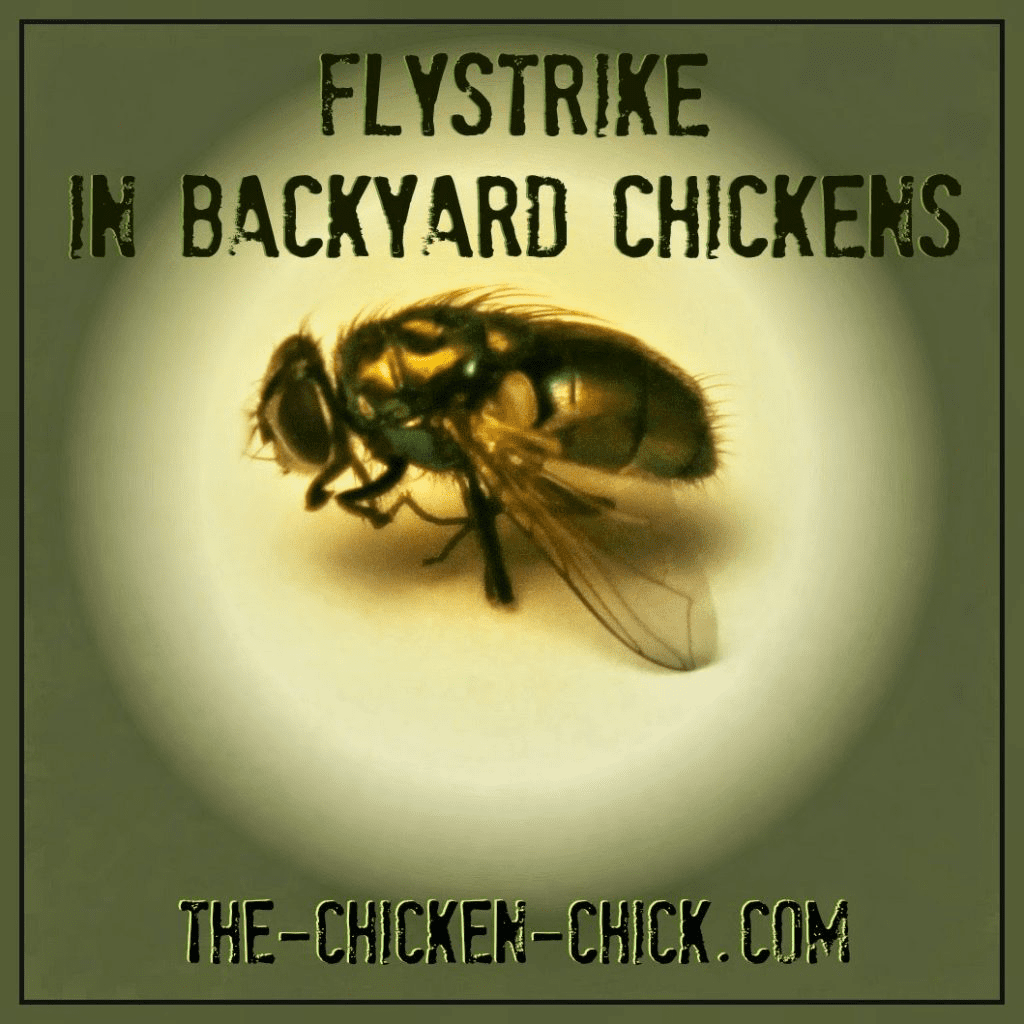

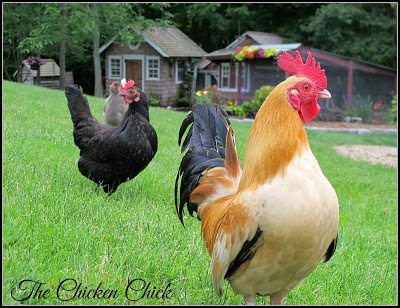
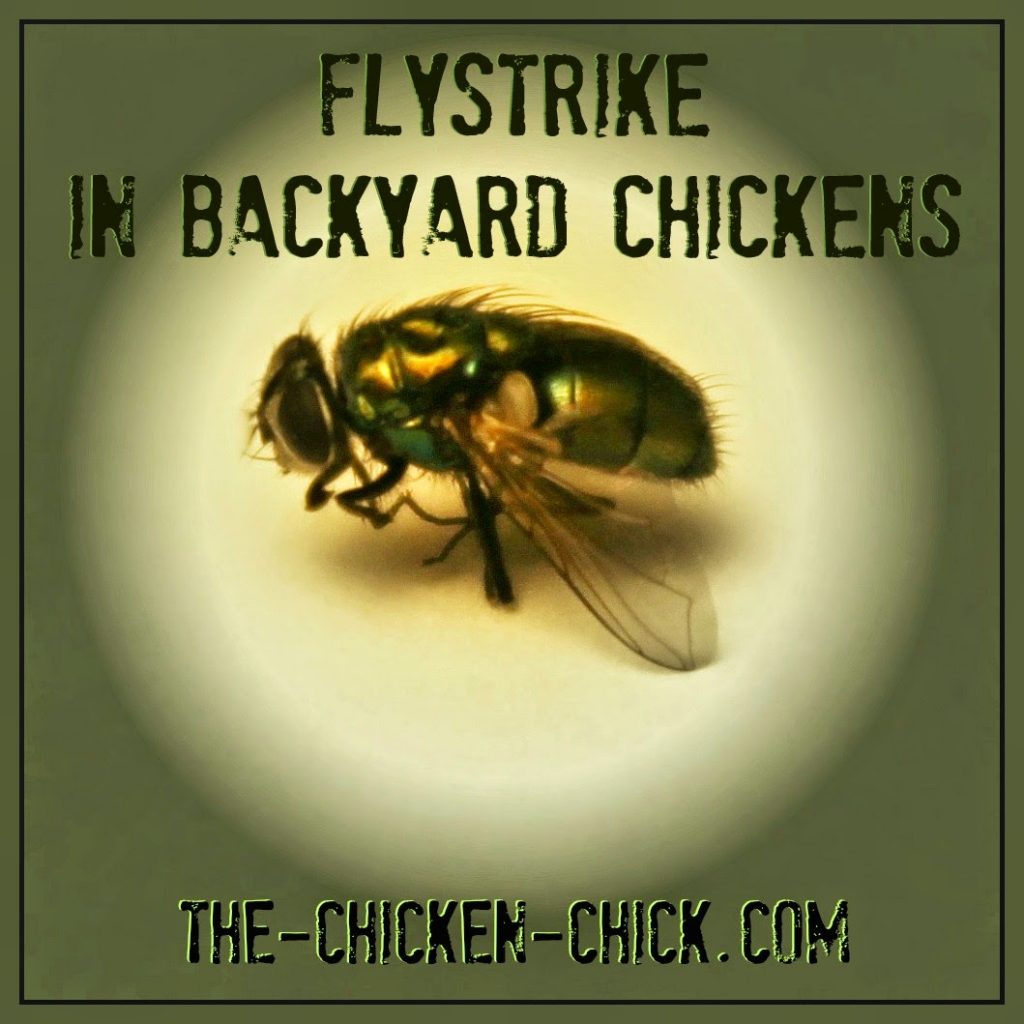
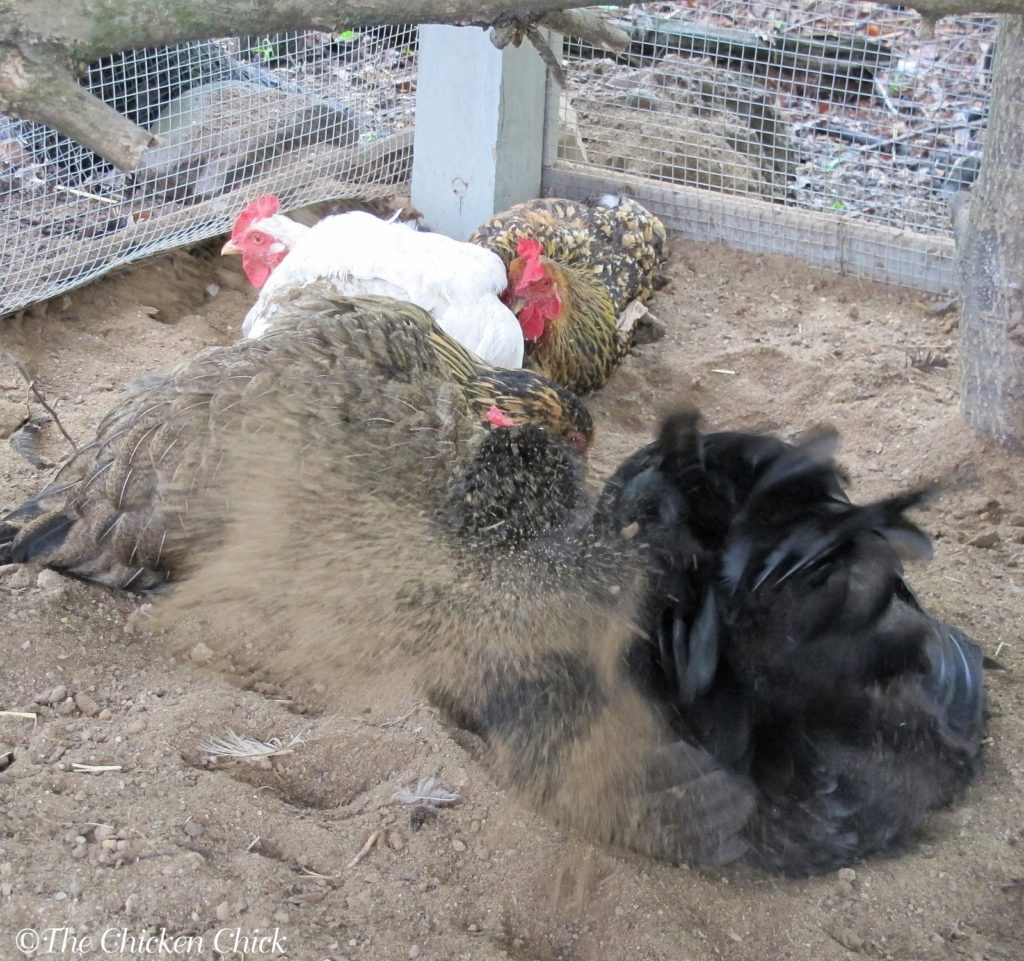
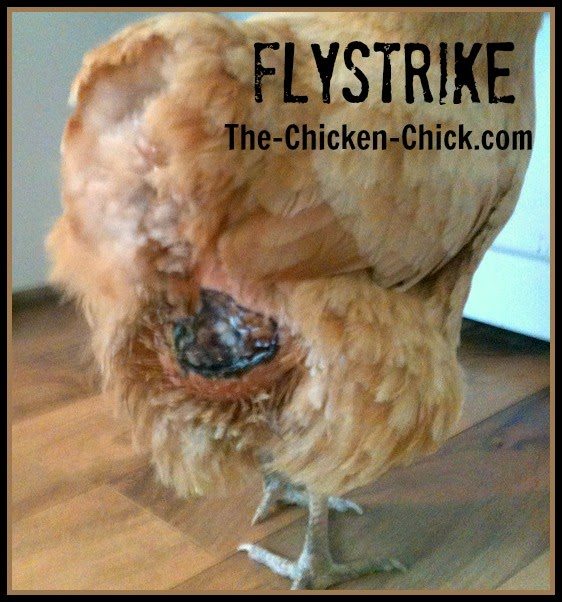

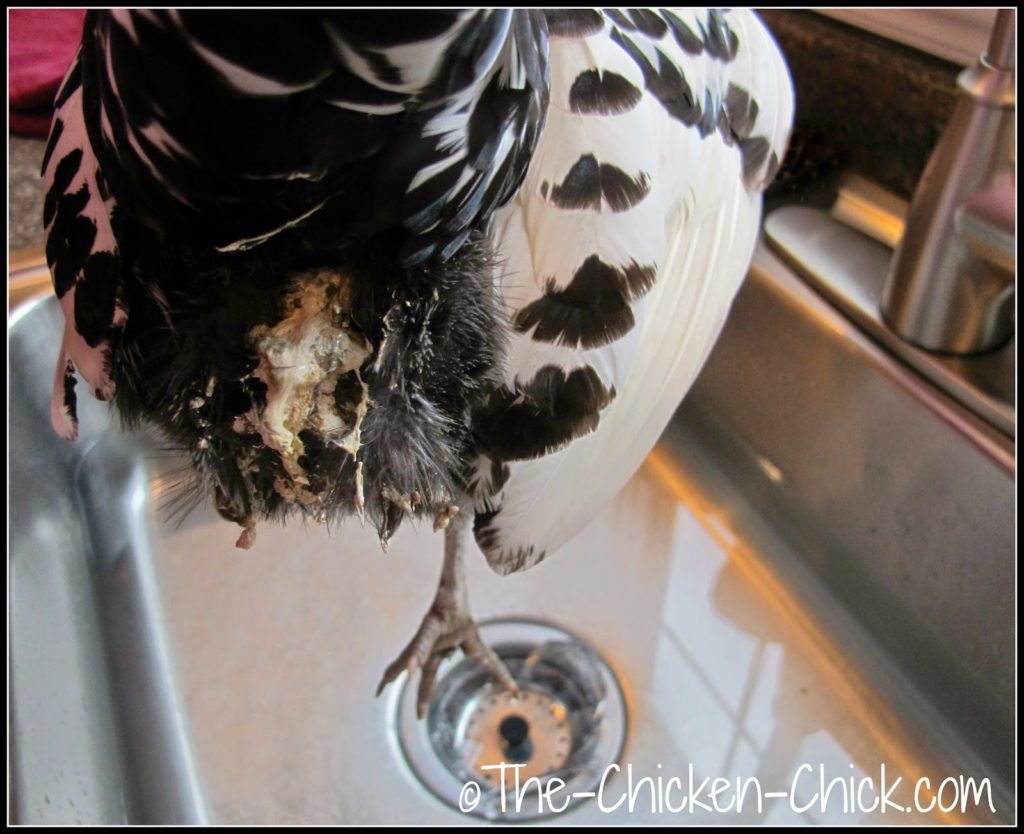
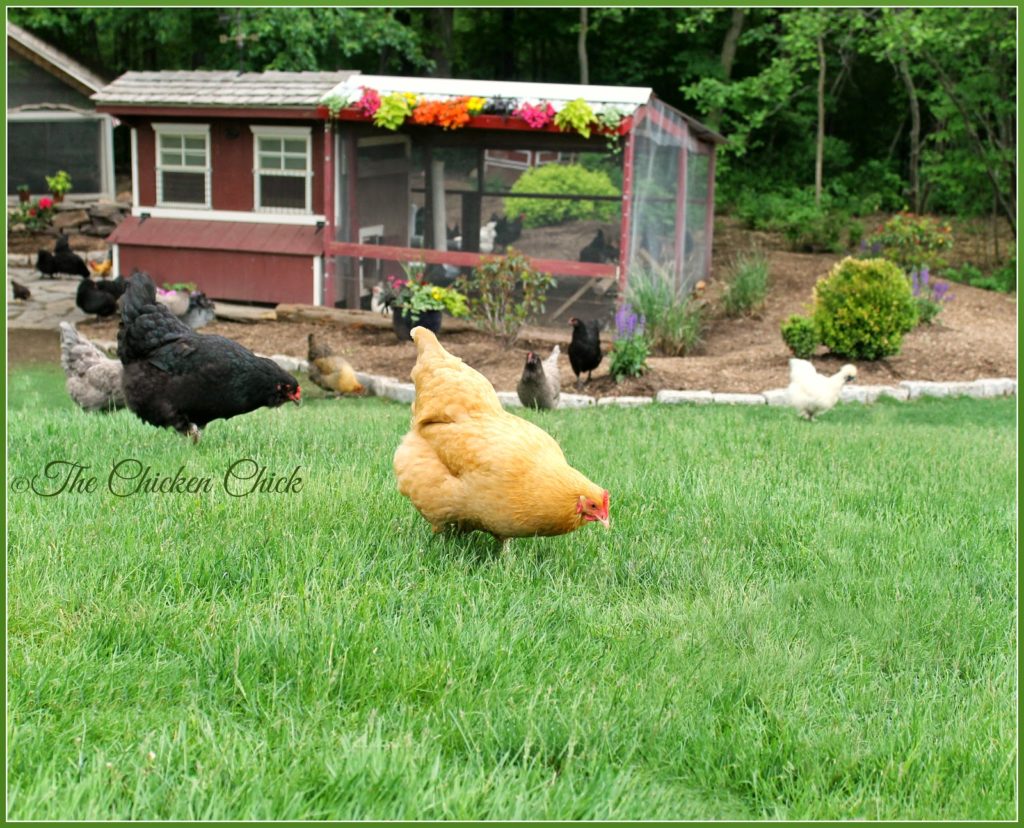
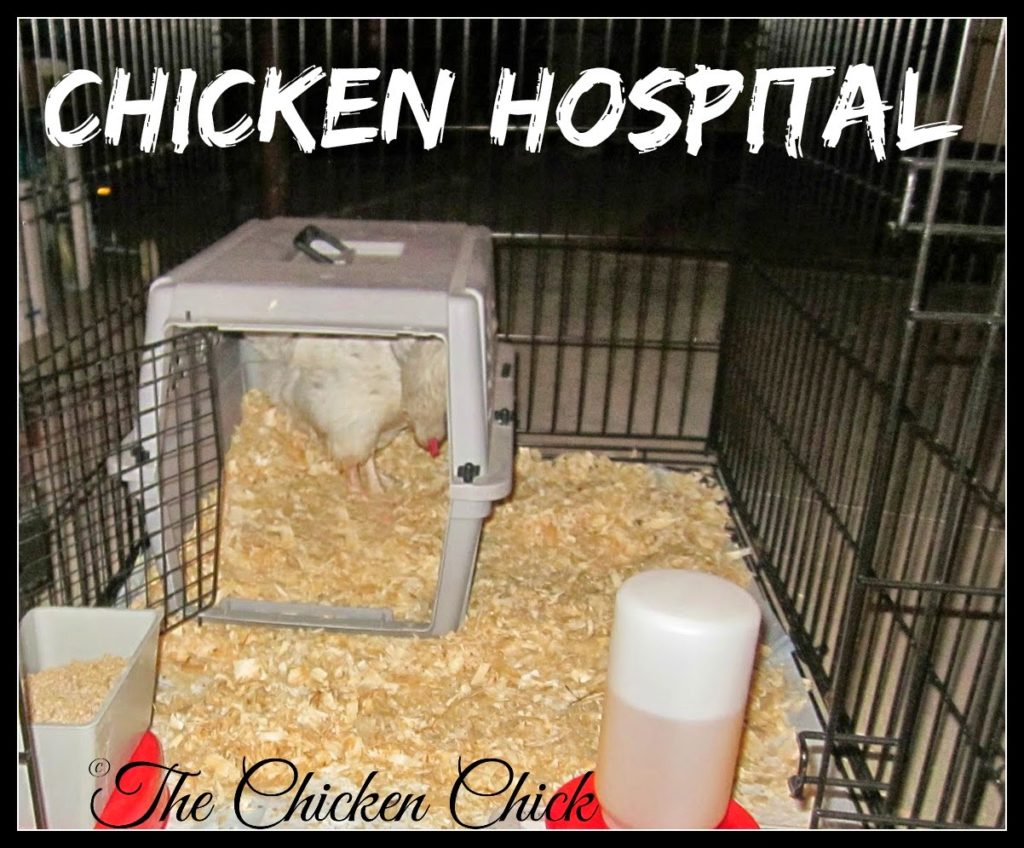
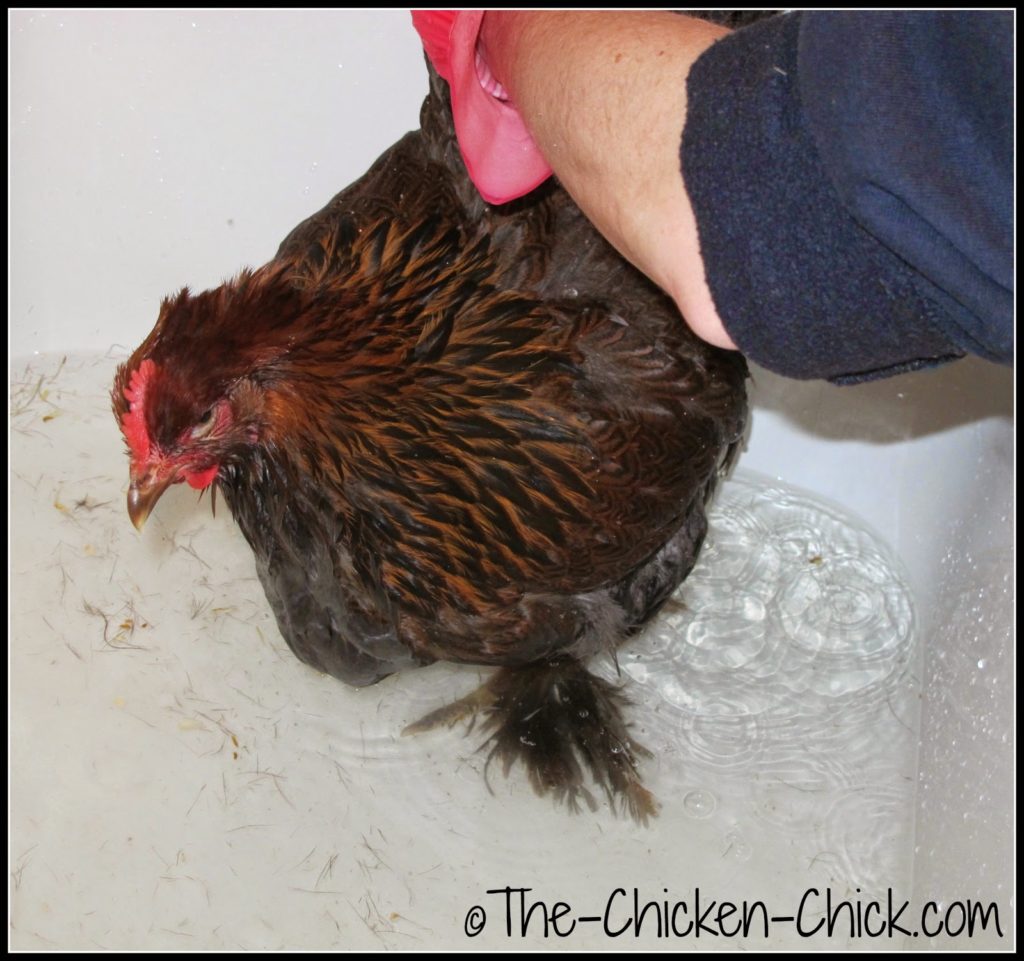
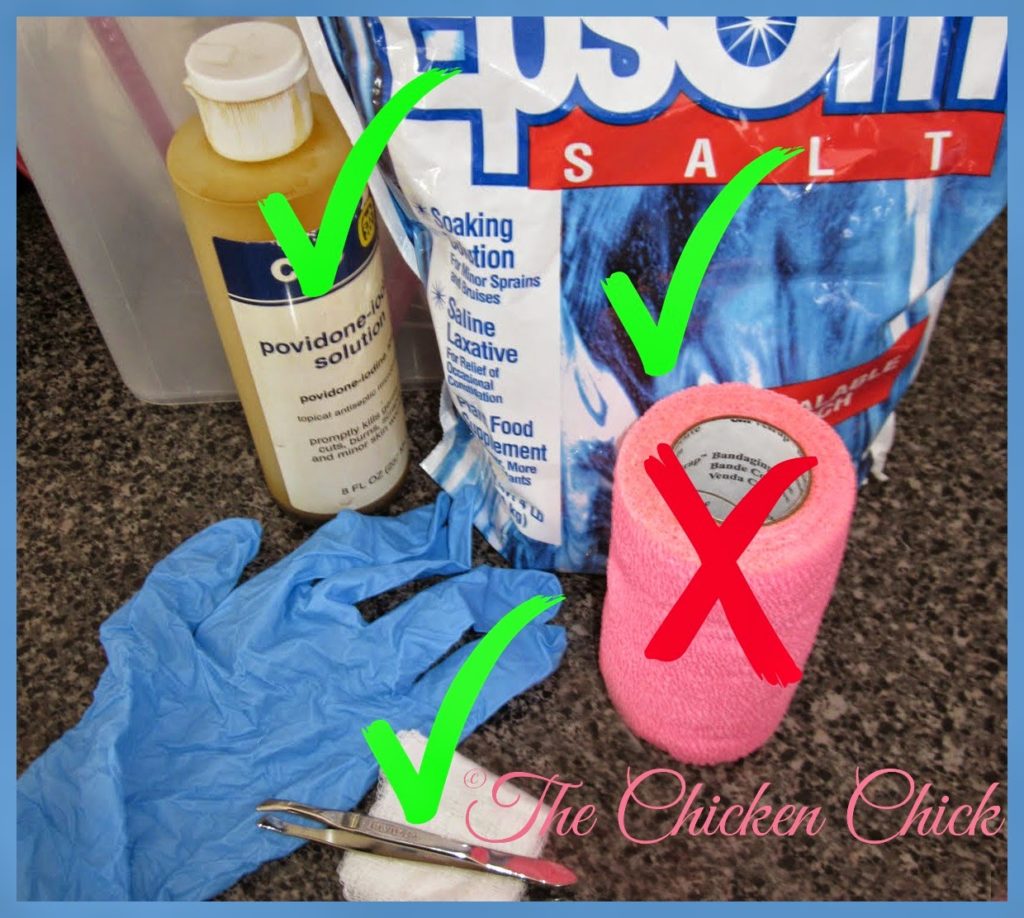

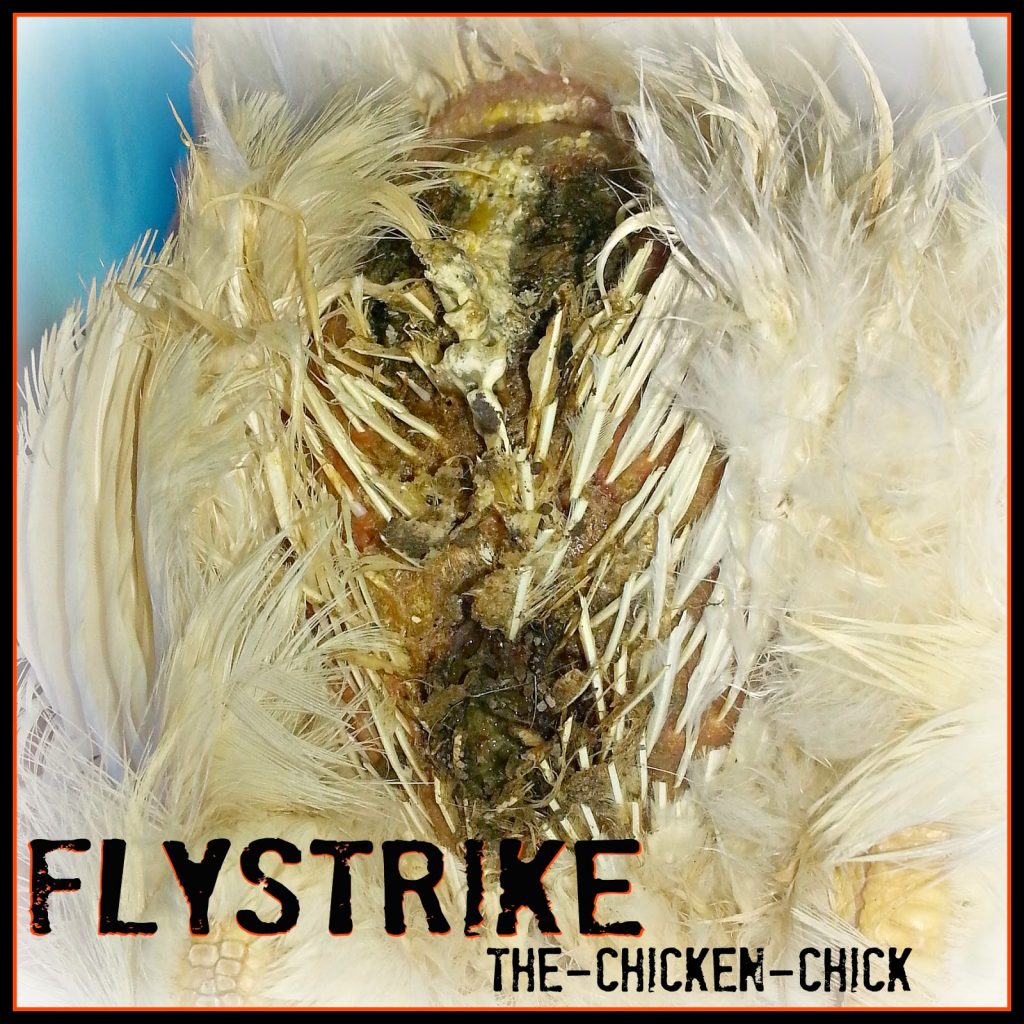
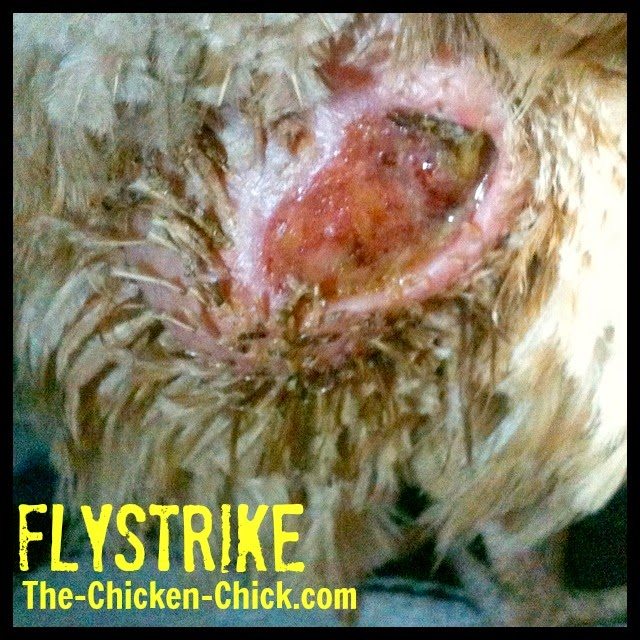
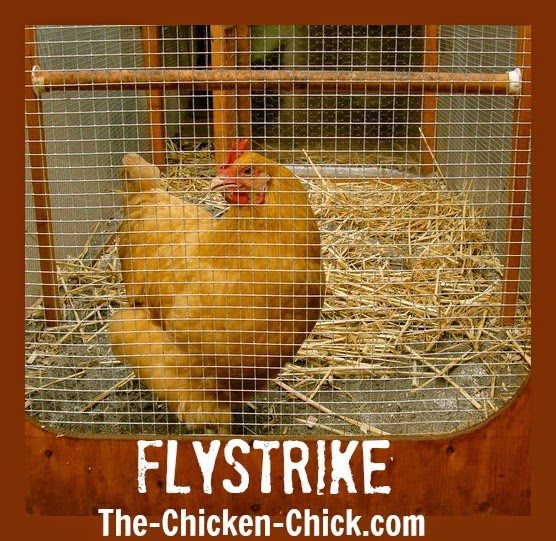
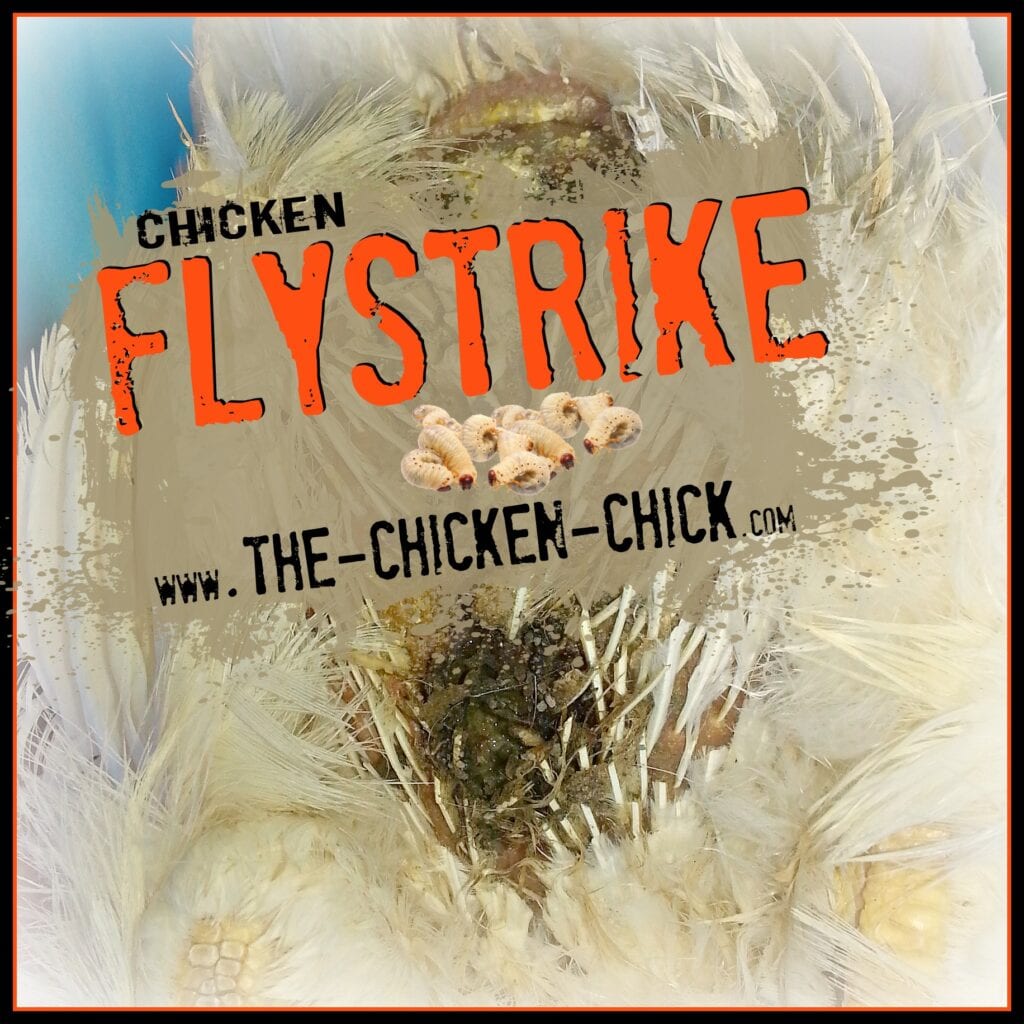






















Oh no, how terrible for her. I’m sorry to hear it, Lindsay. :(
I’m sorry to hear it, Erin. How awful. :(
I’m heartbroken that we lost our alpha hen “Luna” this evening to fly strike. I have been out of town for three days and my husband was taking care of the girls. He doesn’t know as much about chicken care though. She had diarrhea a lot and I was bathing her frequently and giving her probiotics but this must have taken hold over the last week when I have also been working a lot. This was a terrible surprise , so sad. It takes hold quickly and the maggots were quite small. I thought they would be larger. I am… Read more »
I lost my girl today she had terrible loose faeces the maggots only appeared after she had passed away , they were right inside her .She was so full of water it used to pour out like a tap, I gave her scrambled egg to eat but it was to late the damage had been done .I bathed her and tried to keep her as clean as possible but I think it was fly strike.
I just read your info on flystrike this morning and am hoping you might have some suggestions. Currently, we have a Dorking named Bark in our infirmary. She had been missing for almost a week before we discovered that she was sitting on a nest in an overgrown area behind our garden. Last Sunday, just two days after locating her nest and being relieved that a coyote or raccoon hadn’t gotten her, I found her by our cellar door and noticed two or three iridescent flies buzzing around her. I don’t quite know why I did it, but I picked… Read more »